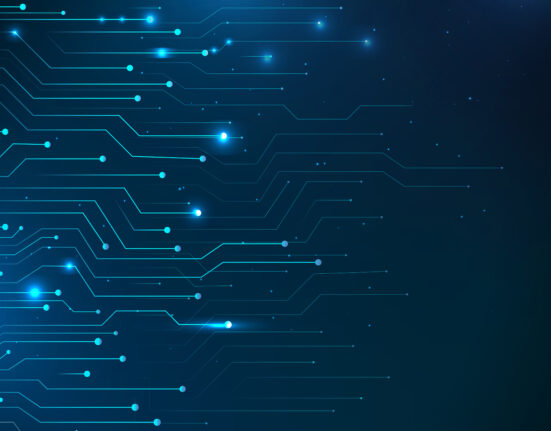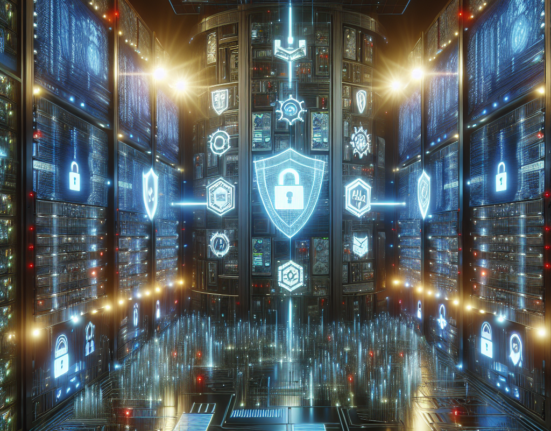Cybersecurity in 2023: New Threats and Cutting-Edge Defenses
As technology continues to evolve at breakneck speed, so too does the landscape of cybersecurity. In 2023, the digital ecosystem faces an array of sophisticated threats that challenge even the most robust security frameworks. However, the cybersecurity industry is not standing still; it is deploying innovative defenses to combat these emerging dangers. This article delves into the current state of cybersecurity, spotlighting new threats and the state-of-the-art technologies designed to neutralize them.
The New Threat Landscape
1. Advanced Persistent Threats (APTs)
Advanced Persistent Threats, or APTs, continue to be a significant concern. These stealthy and continuous attacks are increasingly targeting critical infrastructure and large enterprises. APTs leverage sophisticated techniques, including polymorphic malware and zero-day vulnerabilities, making them difficult to detect and eradicate.
2. AI-Powered Attacks
Artificial Intelligence is a double-edged sword in cybersecurity. While it helps in defense, it’s also being wielded by attackers. AI algorithms can now generate convincing phishing emails, automate attacks, and even find vulnerabilities in systems faster than human hackers.
3. Supply Chain Attacks
2023 has seen a surge in supply chain attacks where hackers infiltrate software or service providers to gain access to a larger network. The SolarWinds attack of 2020 was just the beginning; new tactics have evolved, targeting both hardware and software supply chains, thus complicating traditional defense mechanisms.
4. IoT Exploits
The proliferation of the Internet of Things (IoT) devices has expanded the attack surface significantly. Poorly secured IoT devices are prime targets for hackers aiming to launch distributed denial-of-service (DDoS) attacks or gain unauthorized access to networks.
5. State-Sponsored Cyber Warfare
Geopolitical tensions have spurred an uptick in state-sponsored cyberattacks. These attacks are not only more sophisticated but also more destructive, focusing on critical infrastructure like power grids, healthcare systems, and financial institutions.
Cutting-Edge Defenses
1. Zero Trust Architecture
Zero Trust Architecture (ZTA) is rapidly becoming the gold standard for cybersecurity in 2023. ZTA eliminates the concept of a trusted internal network and requires continuous verification of every user and device attempting to access resources. By assuming that threats could already be inside the network, organizations can minimize the potential damage from breaches.
2. Extended Detection and Response (XDR)
Billed as the next evolution of Endpoint Detection and Response (EDR), Extended Detection and Response (XDR) offers a more holistic approach. XDR integrates multiple security tools into a unified platform, providing enhanced visibility and faster response times to threats across the entire network.
3. AI and Machine Learning in Defense
AI and Machine Learning technologies are critical allies in the fight against cyber threats. These technologies help in recognizing patterns, predicting potential vulnerabilities, and automating responses to low-level threats. They are also used in behavioral analysis to detect anomalies that could signify a breach.
4. Quantum Encryption
As we stand on the brink of the quantum computing era, traditional encryption methods face obsolescence. Quantum Encryption provides a new paradigm for securing data, offering virtually unbreakable encryption algorithms that even quantum computers would struggle to crack.
5. Blockchain for Security
Blockchain technology is being explored for its potential to enhance security measures. By decentralizing control and ensuring data integrity, blockchain can mitigate risks associated with central points of failure and provide a transparent, immutable ledger for transactions.
Best Practices for Organizations
To stay ahead of cyber threats in 2023, organizations must adopt a multi-layered approach to security. This involves:
- Regular Training and Awareness Programs: Continuous education can reduce human error, a leading cause of breaches.
- Patch Management: Keeping software and systems up-to-date to close vulnerabilities.
- Incident Response Plans: Having a robust plan in place ensures swift action when a breach occurs.
- Third-Party Risk Management: As supply chain attacks grow, scrutinizing third-party vendors becomes crucial.
- Data Encryption: Always encrypt sensitive data, both in transit and at rest.
Conclusion
2023 is a pivotal year in the world of cybersecurity. The threats are evolving, becoming more sophisticated and harder to detect. However, with these threats come groundbreaking defenses that leverage the latest in technology, from AI to blockchain. Organizations that stay vigilant, educate their employees, and adopt a Zero Trust mindset will be better prepared to navigate the treacherous waters of today’s digital world.













Leave feedback about this
You must be logged in to post a comment.